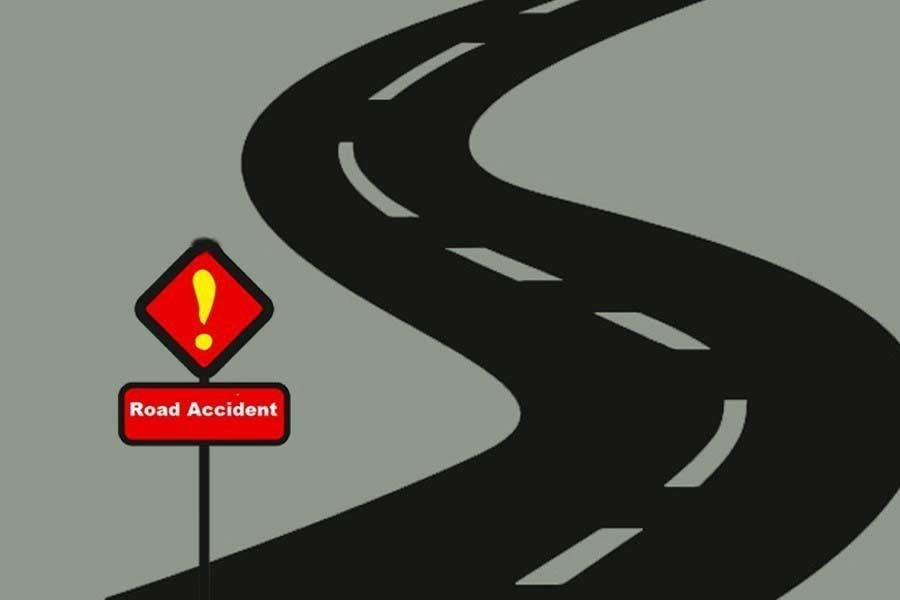
Published :
Updated :

A sharp rise in both road accidents and casualties in the past year is a sure proof of worsening traffic chaos and management. The numbers of road crashes and casualties were the highest in eight years. Compared to 2021, there were a little over 1,000 more road accidents from 5,529 to 6,749. Similarly against 7,809 deaths and injuries to 9,039 people in 2021, the number of lives lost was 9,951 and the injured 12,356 in 2022. As many as 2,142 more people died and 2,405 more were left injured last year compared to those of the previous year. Here the theory of proportionate increase in accidents and fatalities with the increased population and vehicles or their movement is inapplicable.
When more and more highly expensive and luxurious buses and other vehicles are pressed into service on roads and highways, the rising number of fatalities and vehicular crashes appears to be paradoxical. But a closer look should reveal why chaos on roads and highways reigns supreme. Application of sophisticated technology, efficient and improved traffic management and continuous research on road safety have drastically reduced the number of road and highway fatalities in the developed countries. One of the worst performers in Europe in enforcing road safety is Poland. Even that country was able to reduce traffic deaths by 24 per cent between 2001 and 2011. The reduction in road casualties in European Union (EU) was 45 per cent during the same period. From then on, the percentage of traffic fatalities has dropped from 5.0 to 15 per cent annually in that region. But how was it possible? Redesigning road and roadbed, use of fixed and moving cameras as well as speed guns, increased police patrol and the innovative flexible road barrier brought down fatalities. Roadside barriers are made from flexible wire rope in the understanding that human error will occur but use of air bags and the flexible wire rope will protect human body. Sweden's "safe systems" approach to road safety has been highly successful in this regard.
In this country, the roads are a venue of veritable anarchy where all kinds of vehicles ---some small and slow moving, others with no back gears and indicators ---move on the same lane and worse, they swerve, turn and twist sometimes unpredictably to overtake the nearest one. That is a sure recipe for traffic jam if not accident straightway. The newly constructed highway connecting the Padma Bridge on both ends up to Bhanga, Faridpur on the one side and the capital on the other is a model type. There is no possibility of a head-on-collision between two vehicles because the lanes have been designed smartly and separately.
All the highways let alone the roads cannot be turned into such highways overnight but certainly the most important ones can be taken up for similar development one at a time. Until this happens, some basic traffic issues should be taken care of immediately. Implementation of the Road Transport Act 2018 should be the number one priority. Together with this, the "safe systems" approach as followed in the developed countries can be followed. But regular health check and training for drivers along with increased patrol on roads and highways can be of more help in reducing road mishaps in this country.


 For all latest news, follow The Financial Express Google News channel.
For all latest news, follow The Financial Express Google News channel.